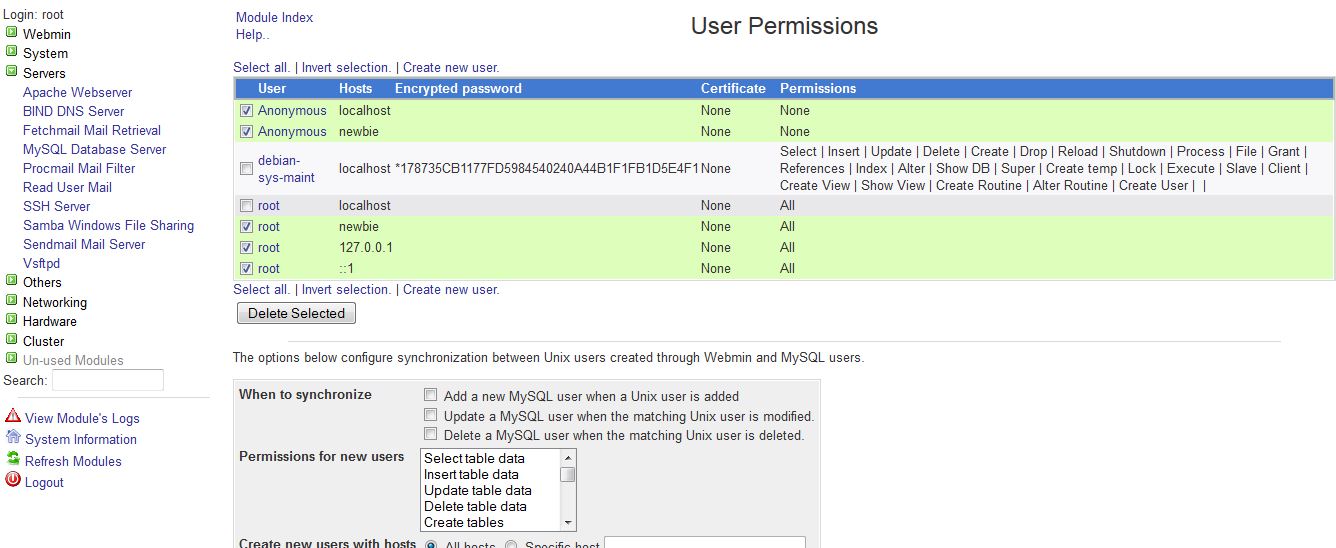


CREATE – The user account is allowed to create databases and tables.ALTER – The user can change the structure of a table or database.ALL PRIVILEGES – Grants all privileges to a user account.You can find a complete list of privileges supported by MySQL here. Multiple types of privileges can be granted to a user account. In most cases, you’ll give privileges to MySQL users based on the particular database to which the account should have access.
GRANT MYSQL HOW TO
How to Grant Privileges to a MySQL UserĪfter successfully creating the new user, we can grant privileges to this new user. However, this user will only be able to work with the MySQL databases once they are granted additional privileges. Here is the basic syntax of the statement: CREATE USER IDENTIFIED BY 'password' The CREATE USER statement creates a new user in the MySQL database server. mysql -u root -p How to Create a New MySQL User To run the commands shown in this guide, first, you need to log into the MySQL server with the MySQL root account. This guide will walk you through adding a new MySQL user and granting them the necessary access privileges. So, once you have MySQL installed on the server, you need to create a database and additional user accounts. These mysql database tables contain grant information: user : User accounts, static global privileges, and other nonprivilege columns. MySQL server allows you to create numerous user accounts and grant appropriate privileges so that the users can access and manage databases, ensuring that only authorized users can perform specific actions. If you’re new to MySQL or need a refresher on how to add a new user and grant access privileges, you’re in the right place. Revoke Privileges from a MySQL User Account.

How to Grant Privileges to a MySQL User.This tutorial will show you how to add a new user to MySQL and grant different types of privileges to a MySQL database.


 0 kommentar(er)
0 kommentar(er)
